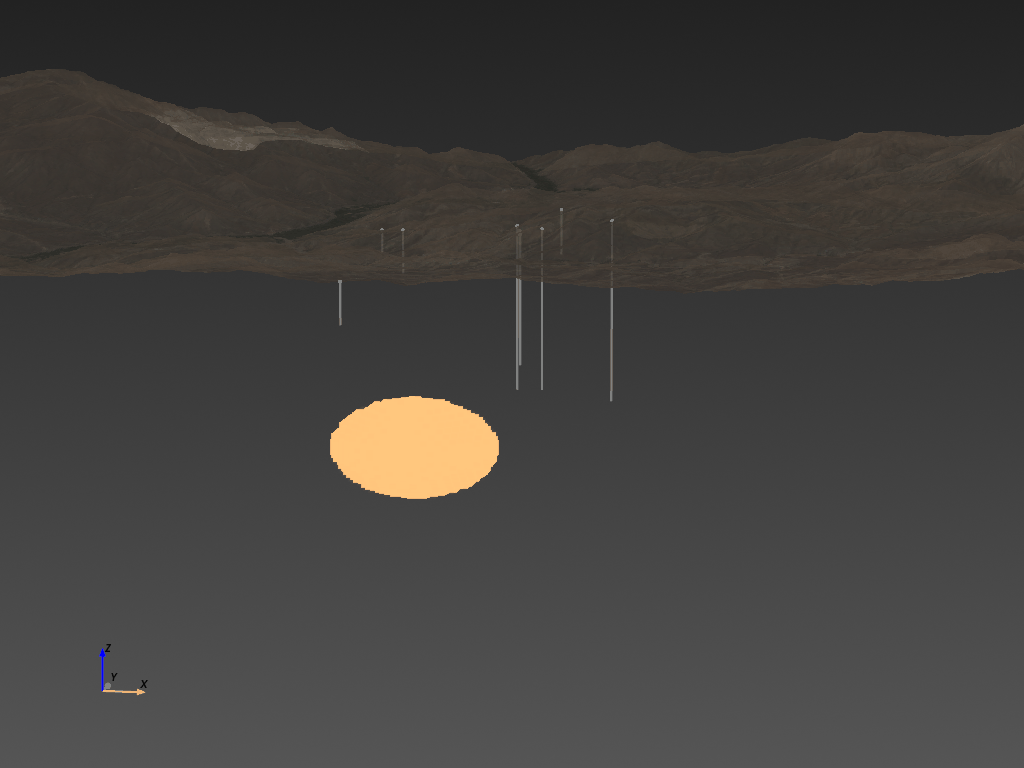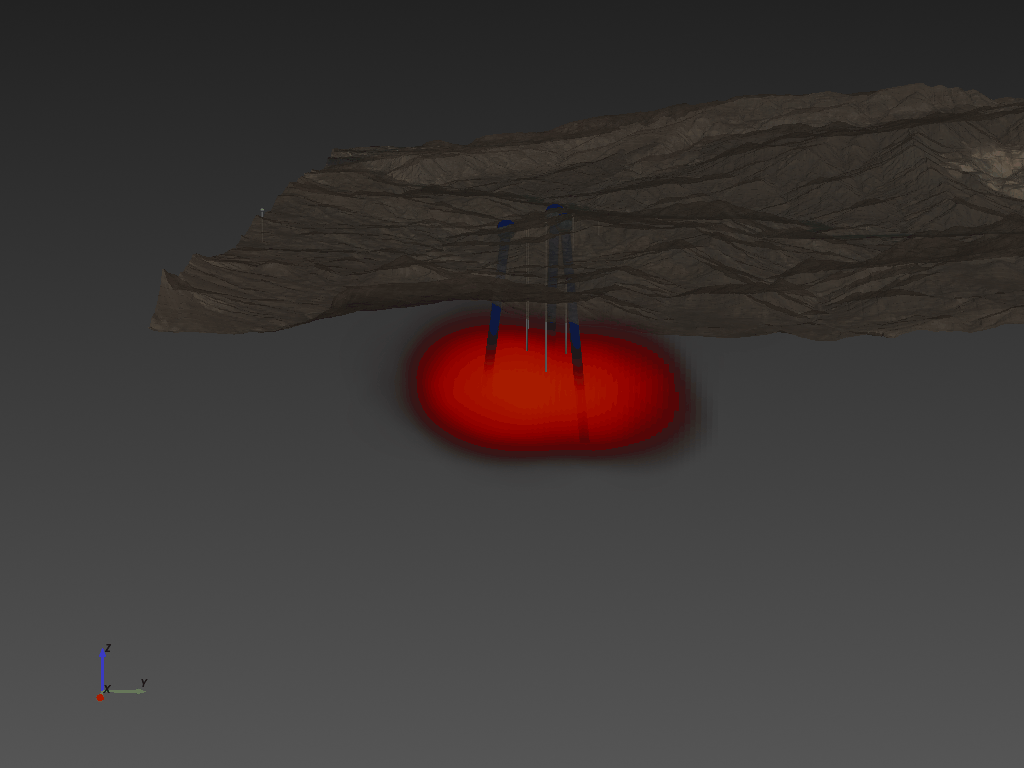
Copper Hunting at Hot Breccia
Copper is Critical
Copper is one of the largest metal markets, with global production around 20 million tonnes each year, worth roughly $20 billion. It's used in everything: the electric grid, buildings, vehicles, data centers, and more. At the same time, the biggest copper mines are maturing and going offline, creating a projected 31% shortfall in project pipeline by 2035 according to the International Energy Agency. Prismo Metals is stepping up to the challenge, searching for the next big copper deposit in Arizona at the Hot Breccia project.
Exploring Under Cover is Hard
20 years ago, copper deposits could be found right at the surface. Geologists could go to places like Arizona and Chile, look at the rocks, and navigate towards new deposits with relative ease. After decades of that strategy, plus the help of satellites and remote sensing tech, the majority of these deposits have been found. Today's deposits are deeper and way harder to find. Just look at Resolution Copper. It's over a mile below the surface but big enough to supply 25% of the US's annual copper needs. Drilling into a deposit this deep can cost upwards of $1 million per hole, which gets expensive really fast if you're not careful. It's reasonable to suspect there are many more deposits like Resolution just waiting to be found - if we use the right tools to find them.
See Deeper with Modern Computing
For companies like Prismo Metals who are looking for copper giants, geophysics is the right tool. Simply put, geophysics is like a fishfinder but for the ground. You shoot waves into the ground, record their reflections, and analyze the patterns to figure out where the deposits are. Sounds simple, but in practice it's messy. The famous saying is "if you give the same dataset to 3 geophysicists you'll get 5 interpretations".
Model the Subsurface
However, ExploreTech rejects the modern consensus that having multiple interpretations is bad.
Instead, we use modern computing power to make sense of

Optimize Drilling
Multiple interpretations of the dataset are nice for scientists, but businesses need decisions. And drilling is one of the biggest decisions an exploration company makes. ExploreTech's software automatically optimizes drilling. What used to take months of arguing over blobs on a map can now be done quantitatively within a couple days.

Built for Speed
For a company like Hot Breccia, it often takes 2 years between collecting data and having a drill-ready target. If ExploreTech was there for data collection, that timeline would shrink to a few weeks. Modern computing power paves the way for massive speed-ups in exploration timelines.
